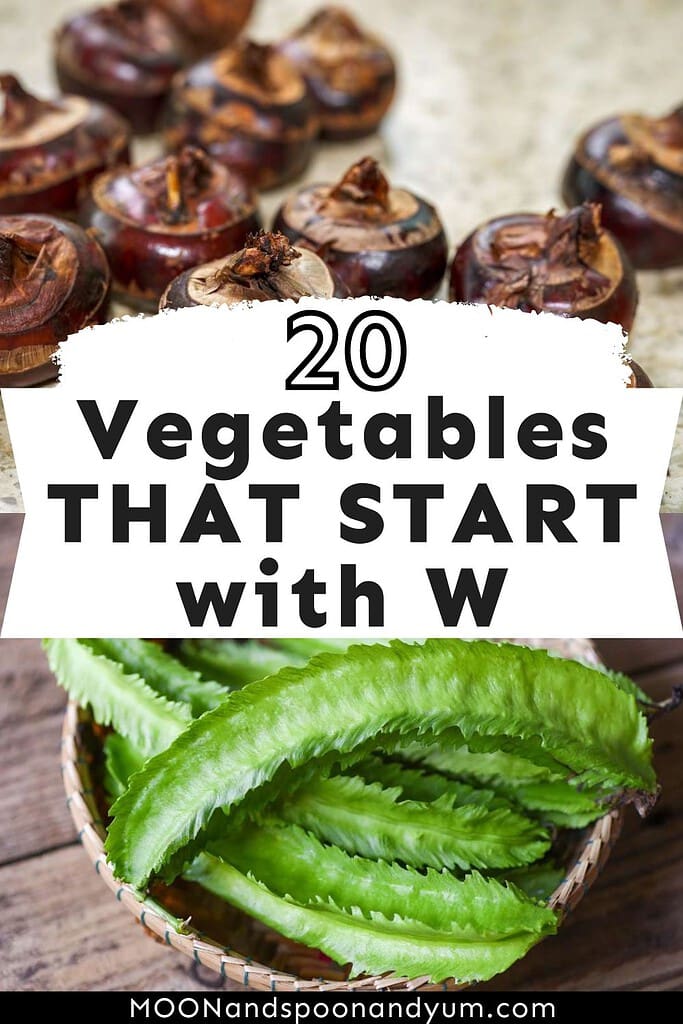20 Vegetables That Start With W
Think you’ve mastered the world of vegetables? Perhaps you’ve overlooked the “W” section. While you’re likely familiar with the usual ones, there’s a whole range of vegetables starting with the letter W waiting to surprise you.
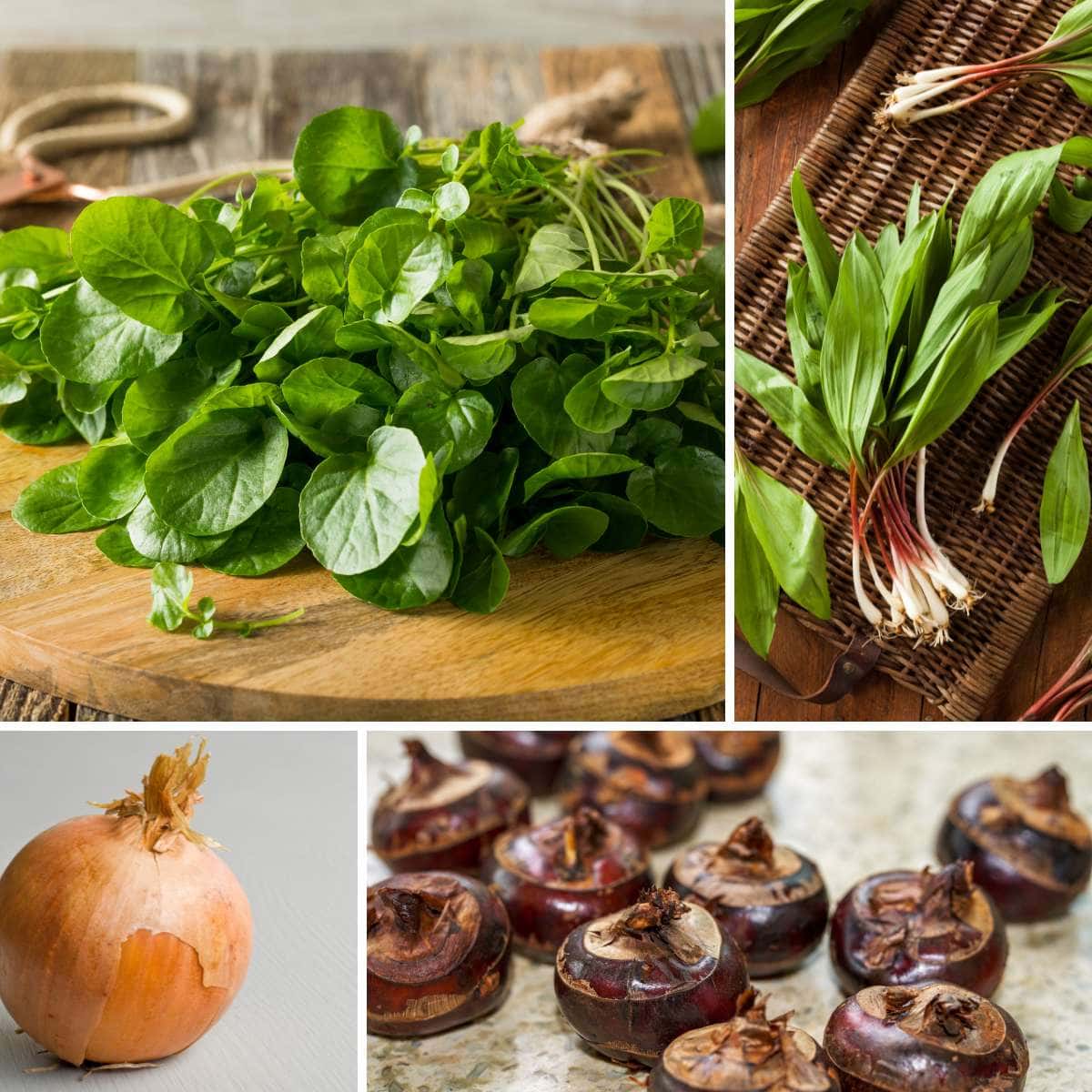
If someone asked you to name three vegetables that start with W, what would come to mind? Watercress, maybe. But beyond that? There are many “W” vegetables out there and you may have already eaten them without knowing their names. In this post, we’ll introduce you to 20 vegetables that start with “W” so you can broaden your vegetable knowledge and perhaps find some new favorites along the way.
20 Vegetables That Start with W
1. Watercress
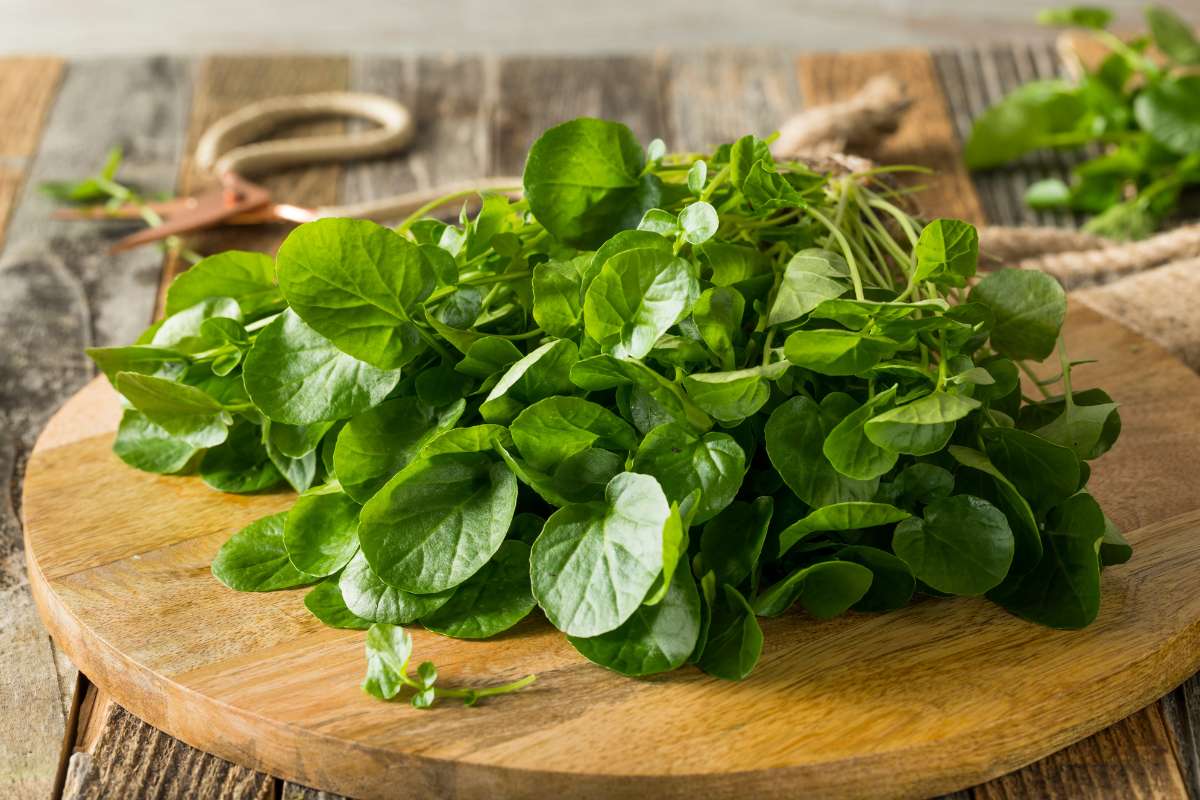
Watercress is an aquatic leafy green vegetable known for its peppery, tangy flavor and is part of the Brassicaceae family. This vegetable is popularly used in salads, sandwiches, and soups. It’s full of vitamins C and K and has been linked to health benefits like lowering cancer risk. It grows in cool, flowing water and can be harvested year-round
2. Wax Gourd
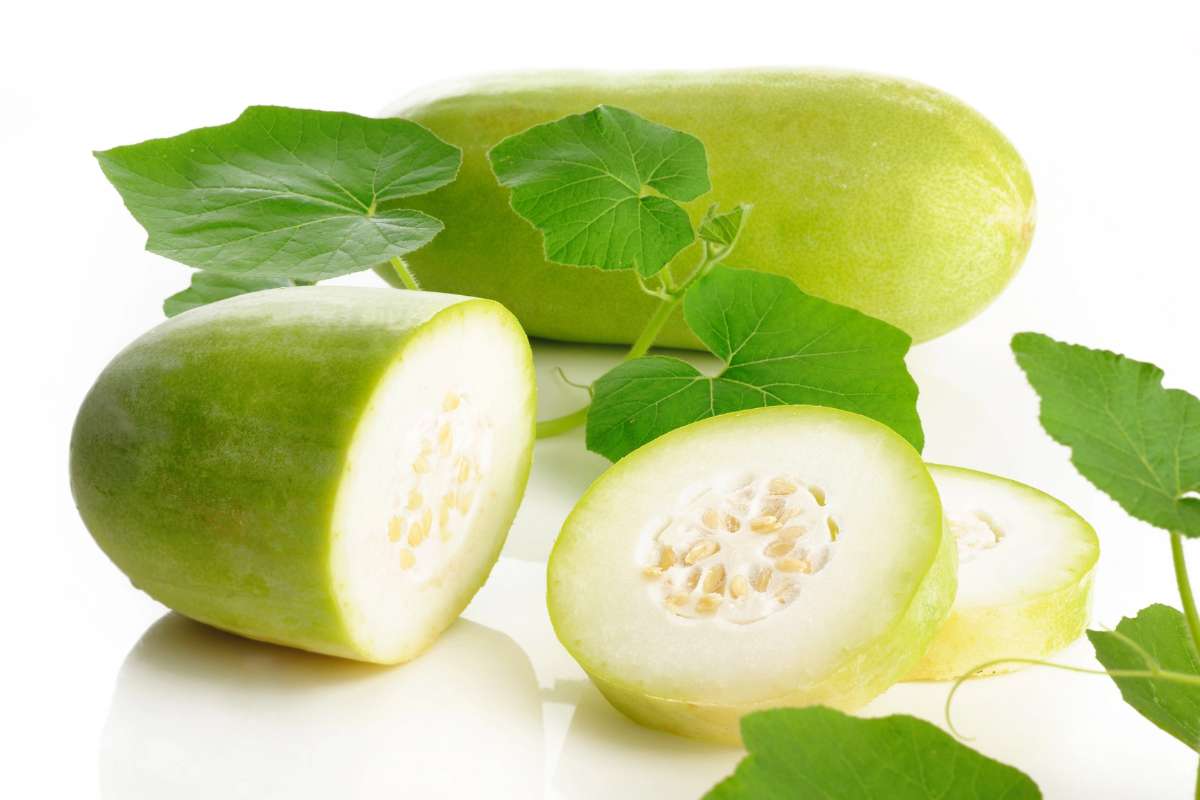
Wax gourd, also known as winter melon, is a large fruit with a waxy coating that’s eaten as a vegetable. It’s often used in Asian cooking, particularly in soups and stews. The wax gourd has a mild taste and absorbs the flavors of the foods and spices it’s cooked with. It can grow very large, sometimes weighing over 40 pounds.
3. Wasabi
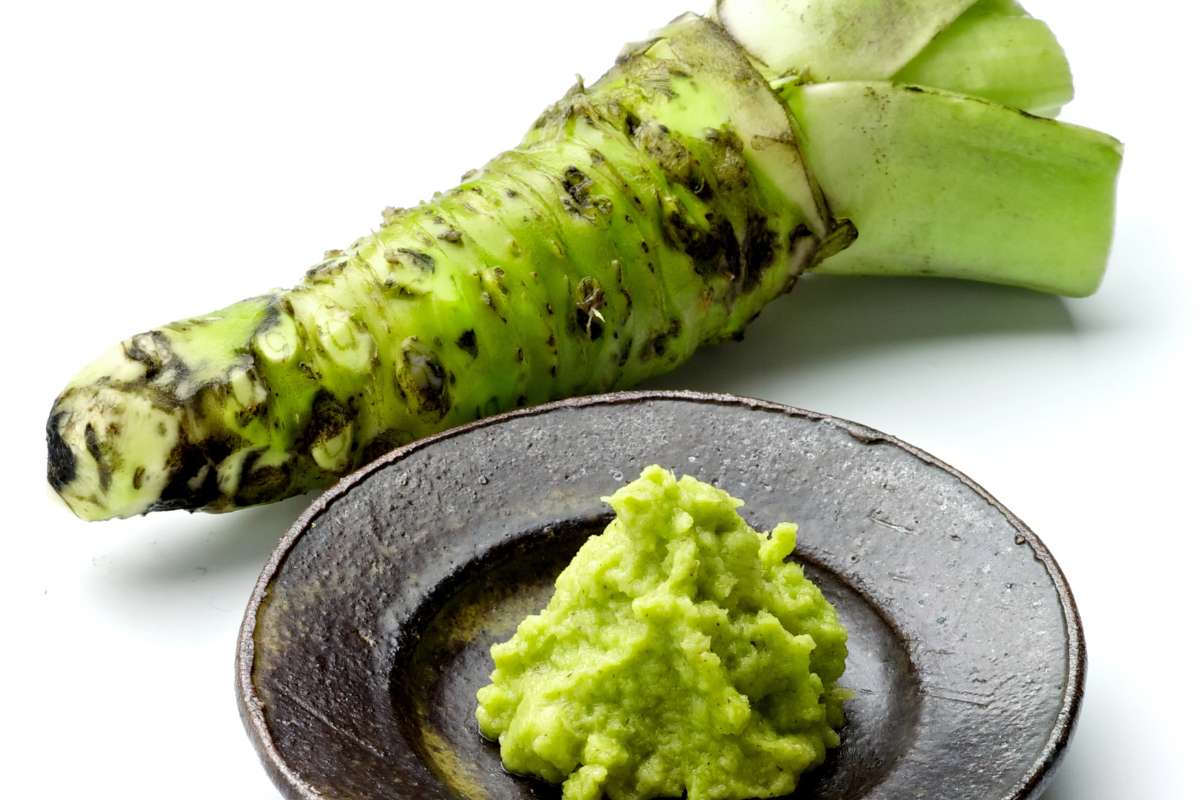
Wasabi is a plant from the Brassicaceae family, known for its strong, spicy flavor. It’s used as a condiment in Japanese cuisine, especially with sushi. Wasabi is usually grated into a paste and gives a sharp, pungent taste that can clear the sinuses. It’s also known to contain antibacterial properties and may offer health benefits like reducing inflammation and possibly even helping with fat loss. Real wasabi is quite rare and expensive. So outside Japan, a mixture of horseradish, mustard, and green food coloring is often used as a substitute.
4. White Asparagus
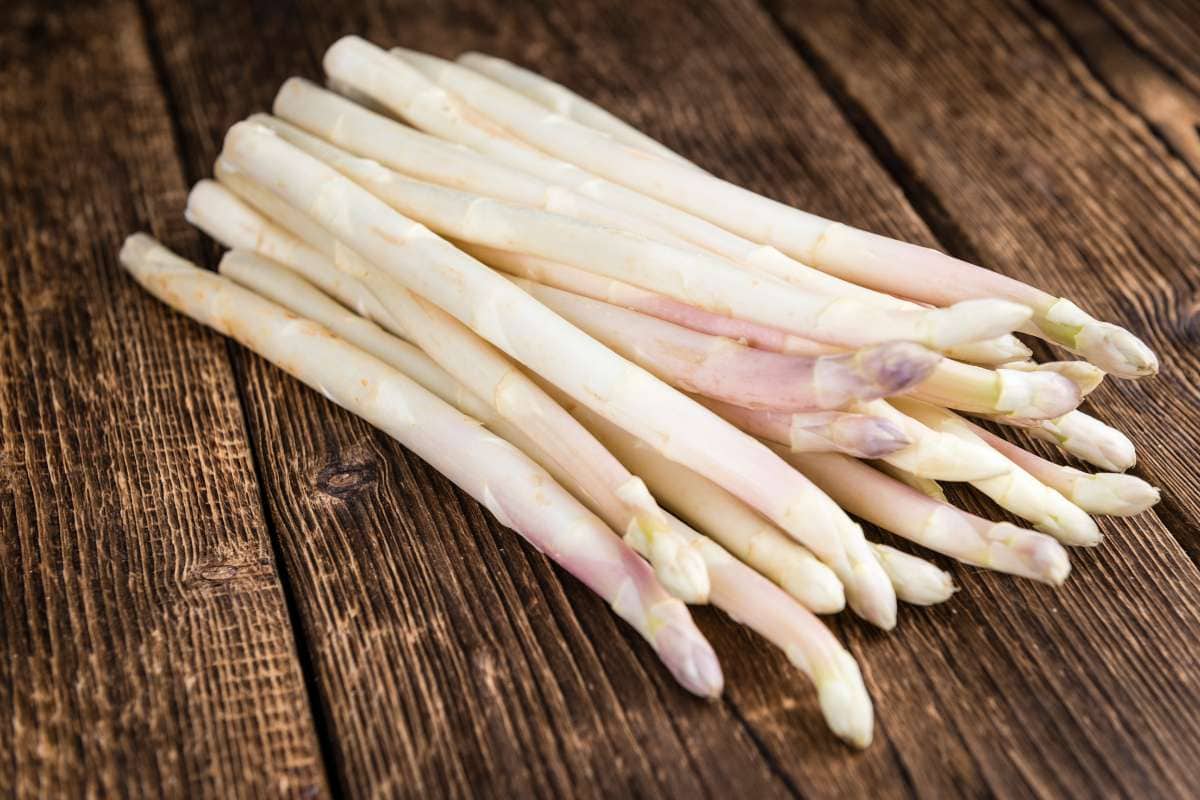
White asparagus is the same plant as green asparagus, but it’s grown without sunlight to prevent it from turning green. This process is called etiolation. White asparagus tends to be thicker and more tender than the green variety and has a milder, slightly sweeter taste. It’s popular in European cuisines, especially in Germany and France, and is often served with hollandaise sauce or melted butter.
5. Wakame
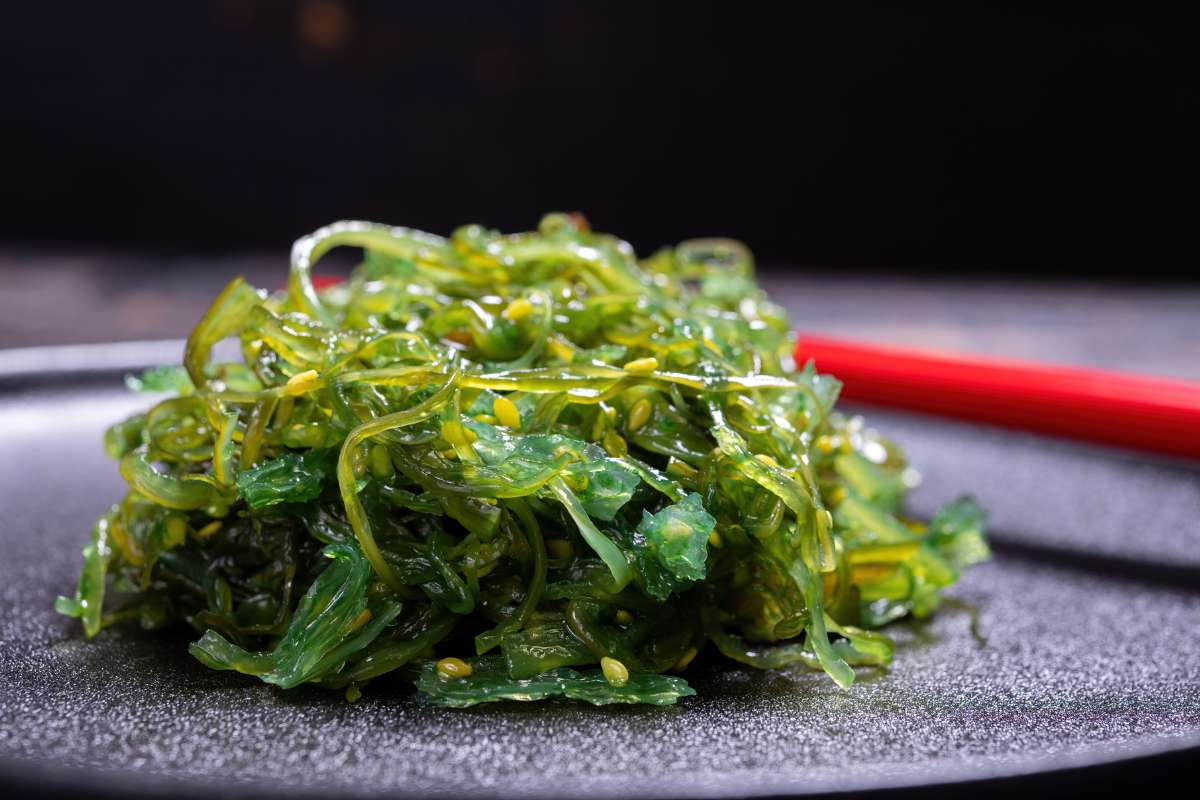
Wakame is an edible seaweed commonly used in Japanese and Korean cuisine, often added to soups and salads. It’s dark green and has a slightly sweet flavor. This seaweed is usually sold dried and needs to be soaked in water before use. Wakame has been studied for potential health benefits, such as helping to lower cholesterol and blood pressure.
6. Water Spinach
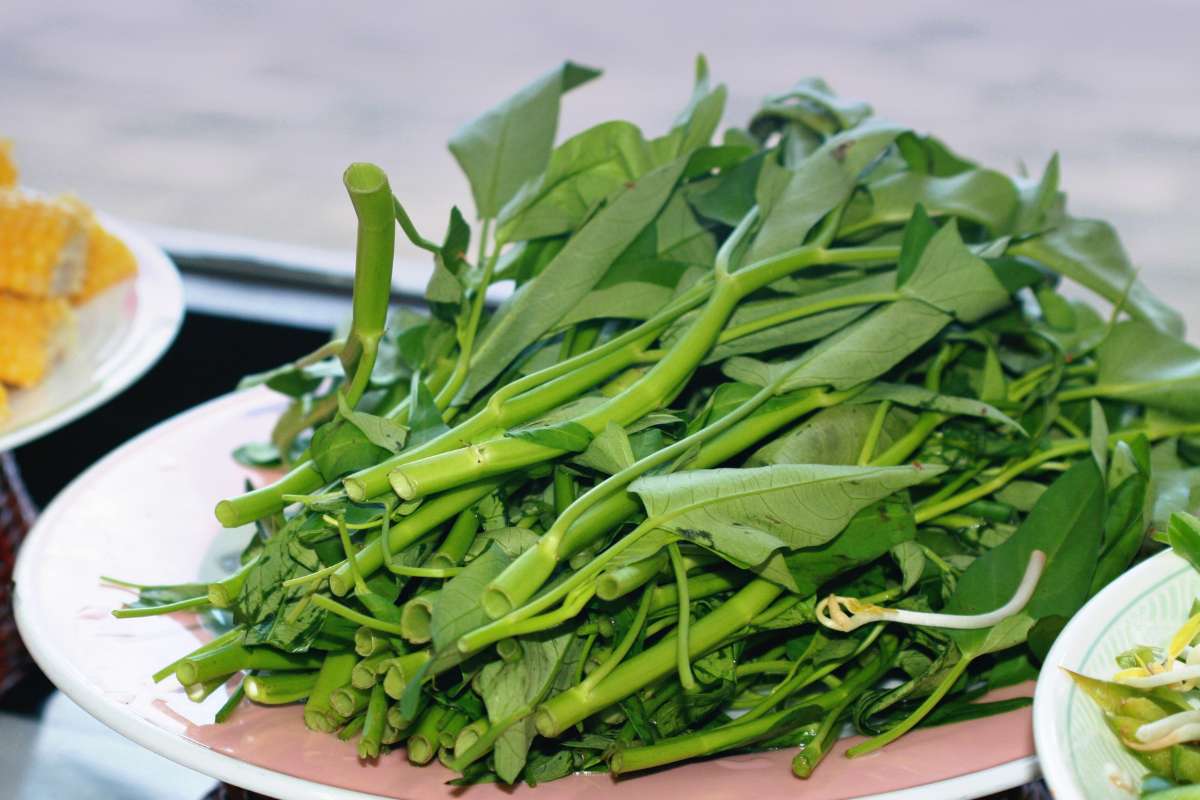
Water spinach is a leafy green vegetable that grows in water or moist soils. It has long, slender leaves and crunchy stems. It’s commonly used in Southeast Asian cooking, where it can be stir-fried, boiled, or steamed. Because it grows in water, it can absorb pollutants if the water is contaminated, so it’s important to know it’s being sourced from clean water sources.
7. Water Chestnut
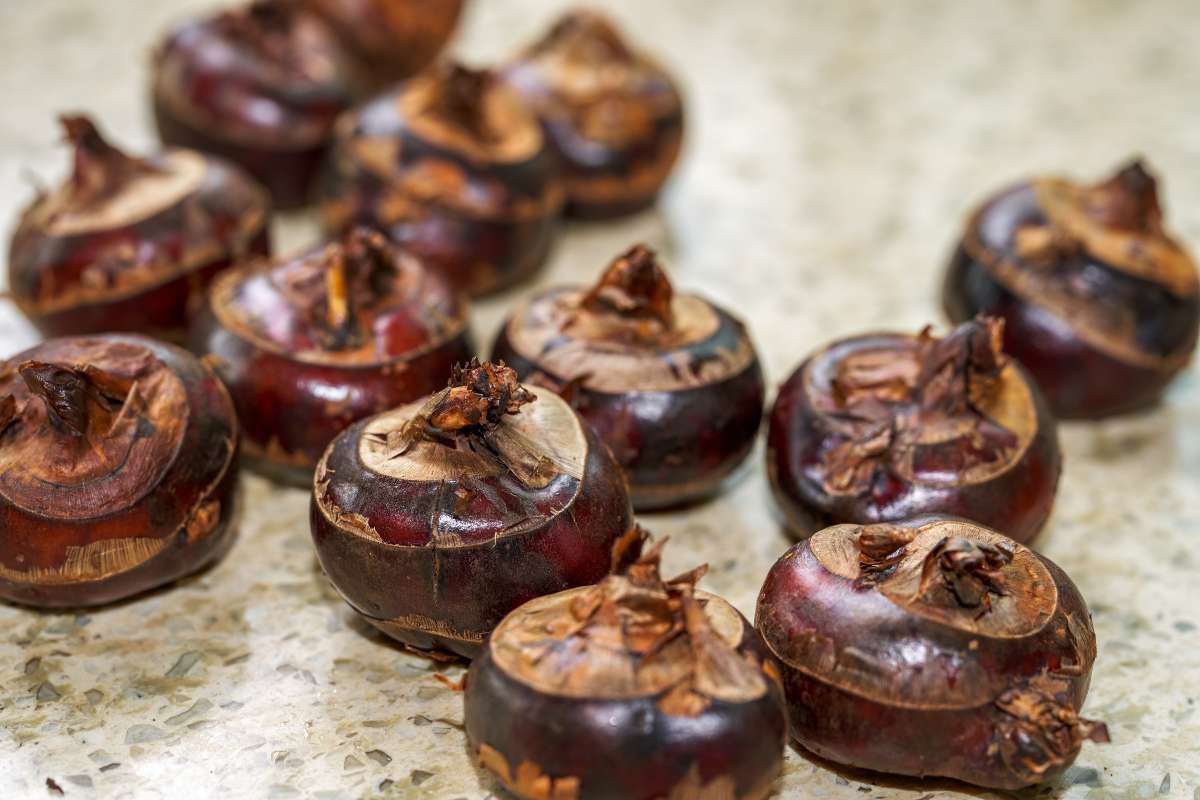
Water chestnut is an aquatic tuber vegetable that’s crunchy and sweet. It’s not actually a nut, but a corm that comes from the bottom of the water chestnut plant. They can be eaten raw or cooked and are commonly added to dishes like stir-fries, dumplings, and salads. The vegetable is also gluten-free, making it a good choice for those with gluten sensitivities or celiac disease.
8. Wild Garlic

Wild garlic, also known as ramps or ramsons, is a wild relative of chives with a strong garlic-like aroma and flavor. It’s found in damp woodlands and is foraged in the spring. It is one of the more common and flavorful edible weeds. The leaves, flowers, and bulbs of wild garlic can all be eaten. It’s known to have health benefits, including antibacterial and possibly antiviral properties. Wild garlic can be used similarly to cultivated garlic in cooking, but it’s milder, so you can use it more generously in dishes like pesto, soups, and sauces.
9. Welsh Onion
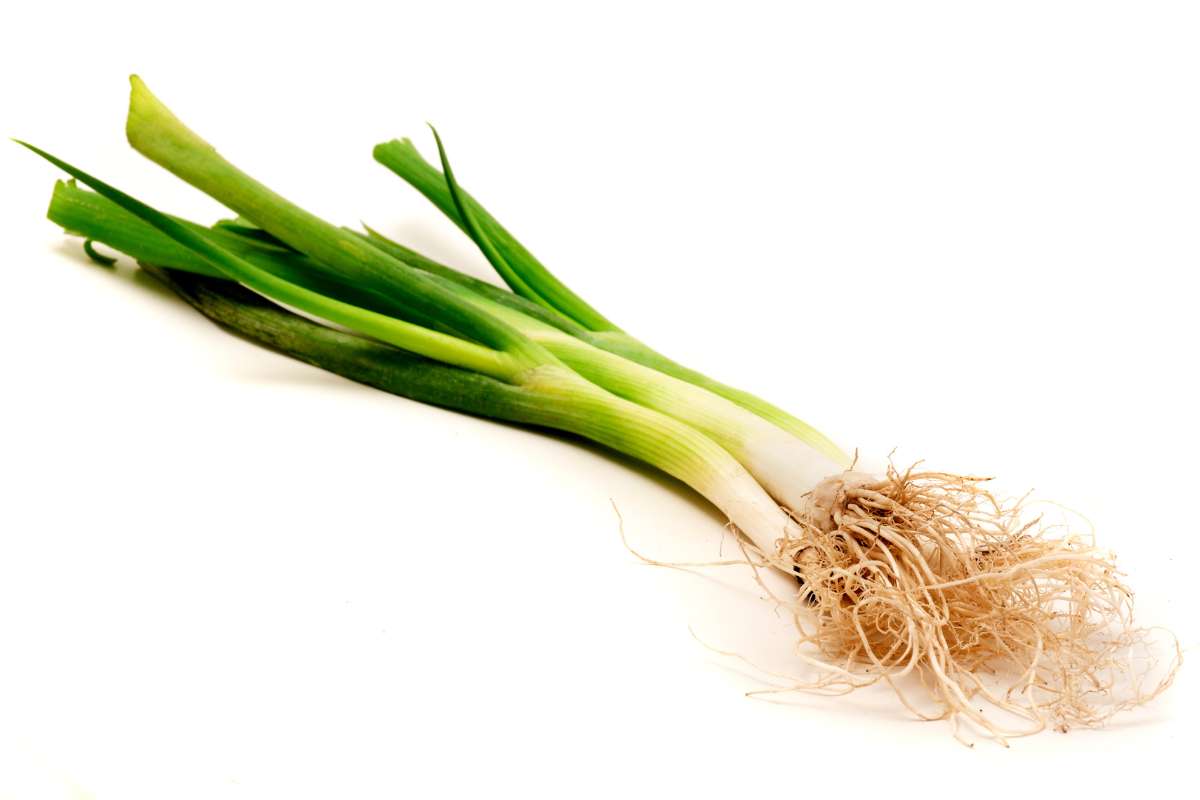
Welsh onion is a species of perennial onion that has hollow, tube-like green leaves. Unlike the common onion, it doesn’t develop a large bulb, and both its long green tops and small white bulbs are edible. Welsh onions have a flavor that’s a cross between a regular onion and chives. They can be eaten raw or cooked and are commonly used as a garnish, in salads, or stir-fries. The plant is easy to grow and can be harvested throughout the growing season by cutting the green tops, which will regrow.
10. Warrigal Greens
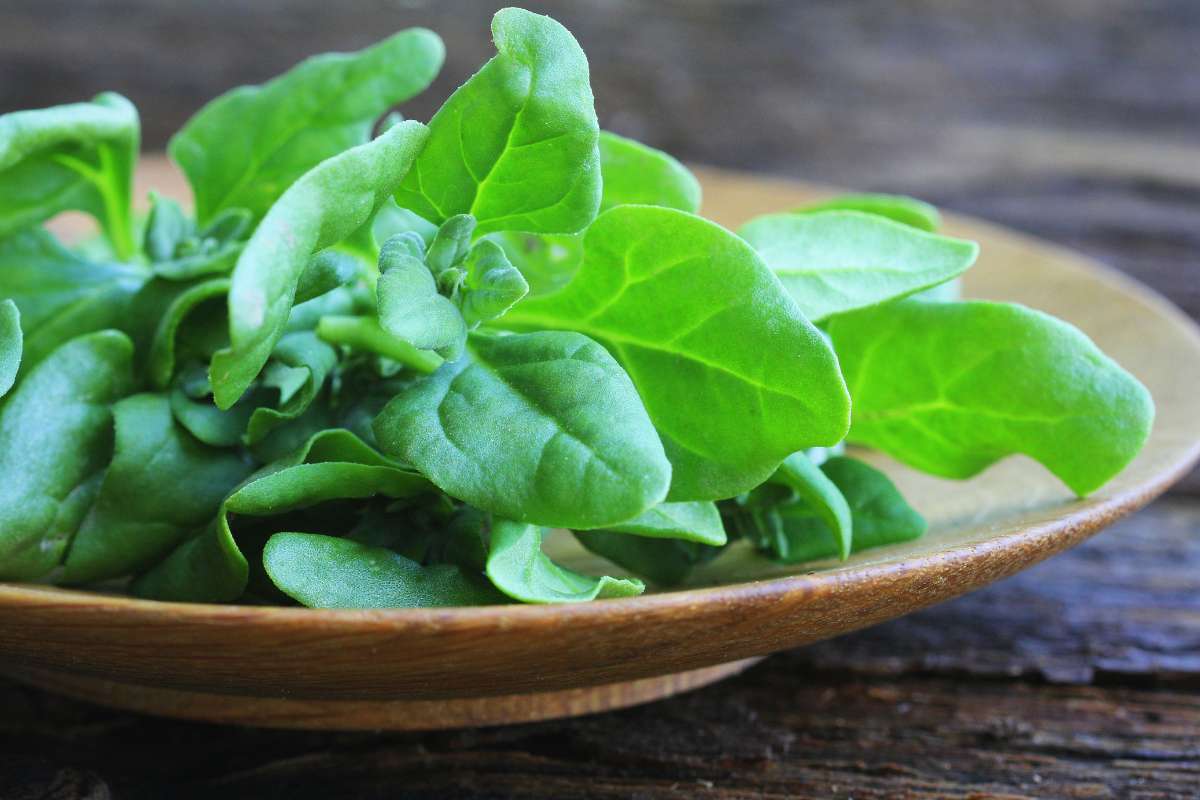
Warrigal greens, also known as New Zealand spinach, is a leafy green plant that’s native to Australia and New Zealand. It’s used as a substitute for spinach because it thrives in hot, dry conditions where traditional spinach would wilt. Before eating, it’s recommended to blanch the leaves to reduce their high oxalate content, which can interfere with calcium absorption. They can be used in a variety of dishes, from salads to pies to stir-fries, much like regular spinach.
11. Winter Purslane
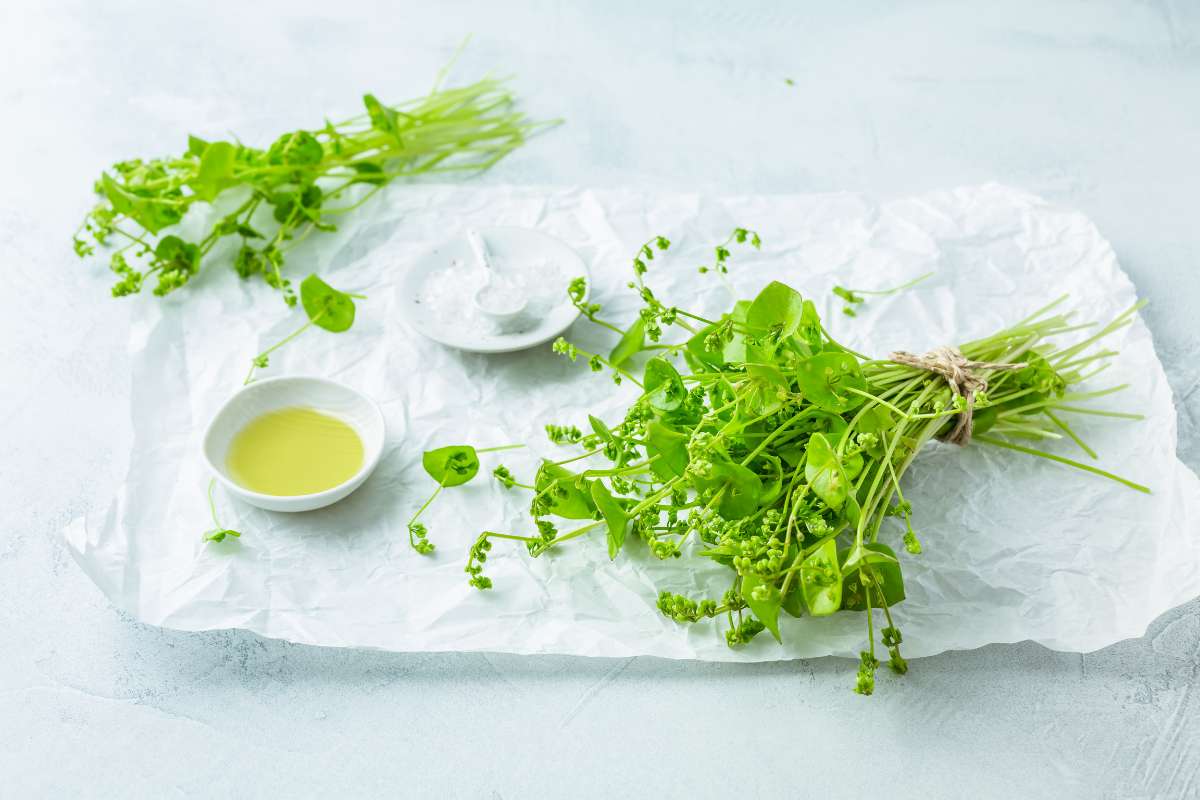
Winter purslane, also known as miner’s lettuce or Claytonia perfoliata, is a cool-season leafy green that has a mild, slightly sweet flavor. It’s native to the western mountain and coastal regions of North America but has been widely naturalized elsewhere. The leaves stems, and flowers of winter purslane are all edible and are often used raw in salads or cooked in soups and stews.
12. Winged Bean
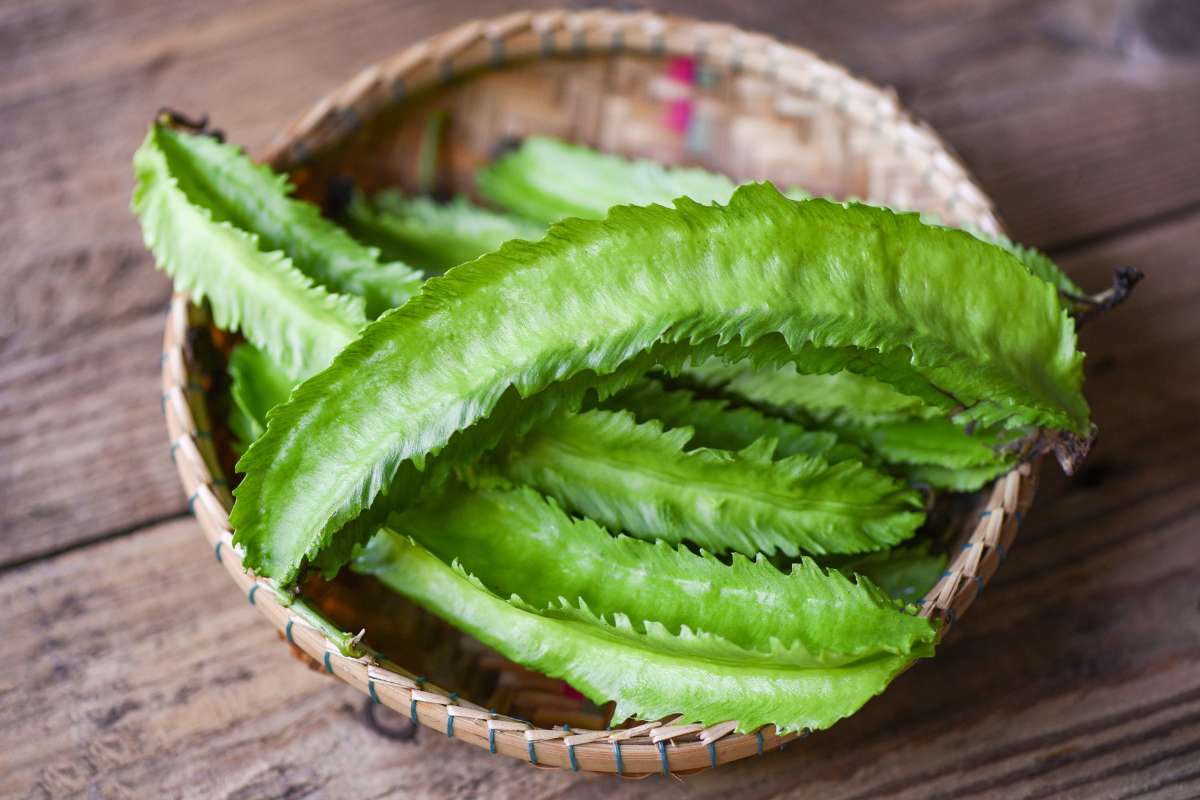
Winged bean is a tropical legume plant whose pods, leaves, flowers, roots, and seeds are all edible. It’s known for its distinctive four-sided pods with frilly edges, also called “goa bean” or “princess bean.” Its tuberous roots are similar to potatoes in texture and nutrient content. Winged beans are often used in Asian cuisines, in dishes ranging from salads to stir-fries. They grow well in hot, humid climates and are considered a valuable crop due to their ability to enrich the soil by fixing nitrogen, similar to other legumes.
13. White Radish
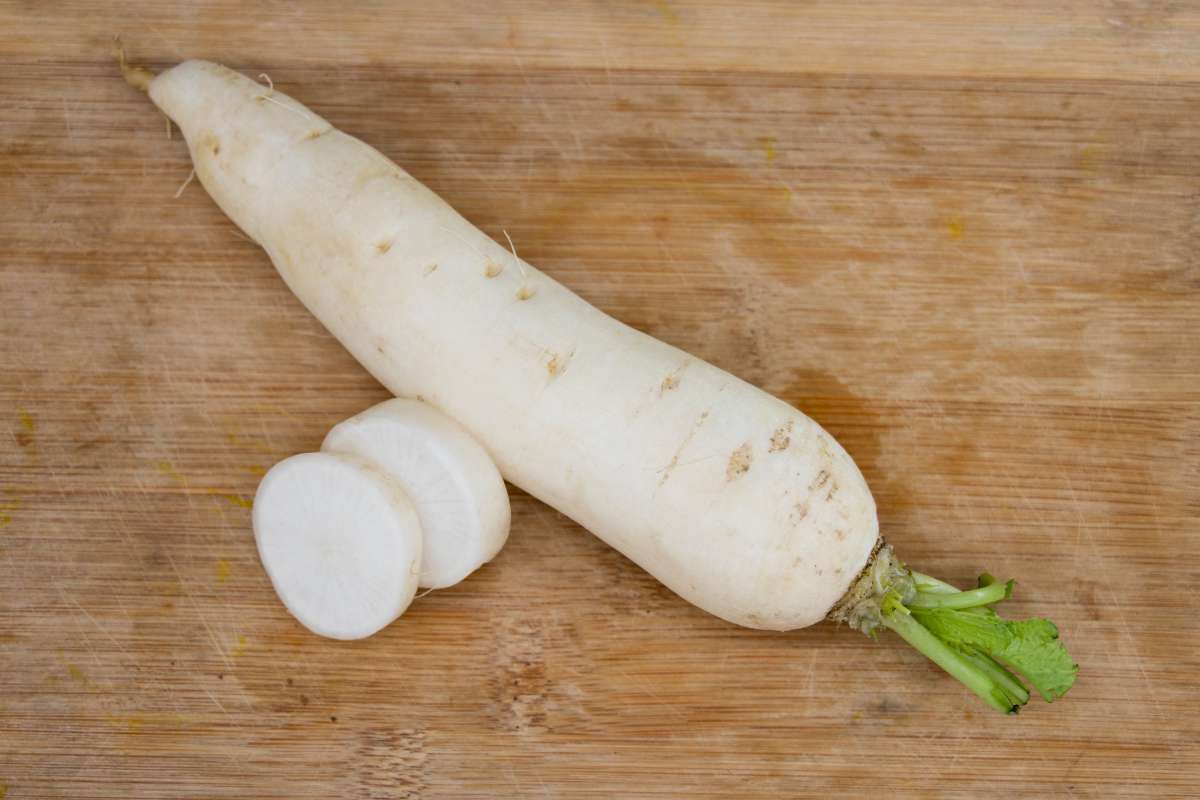
White radish, often known as daikon or mooli, is a mild-flavored winter radish with a long, white root. It’s native to East Asia and is commonly used in Asian dishes, either raw, cooked, or pickled. White radish is crunchy when raw and has a mild, slightly sweet taste. In addition to its culinary uses, white radish is also valued for its potential health benefits, including aiding digestion and detoxification.
14. Walla Walla Onion
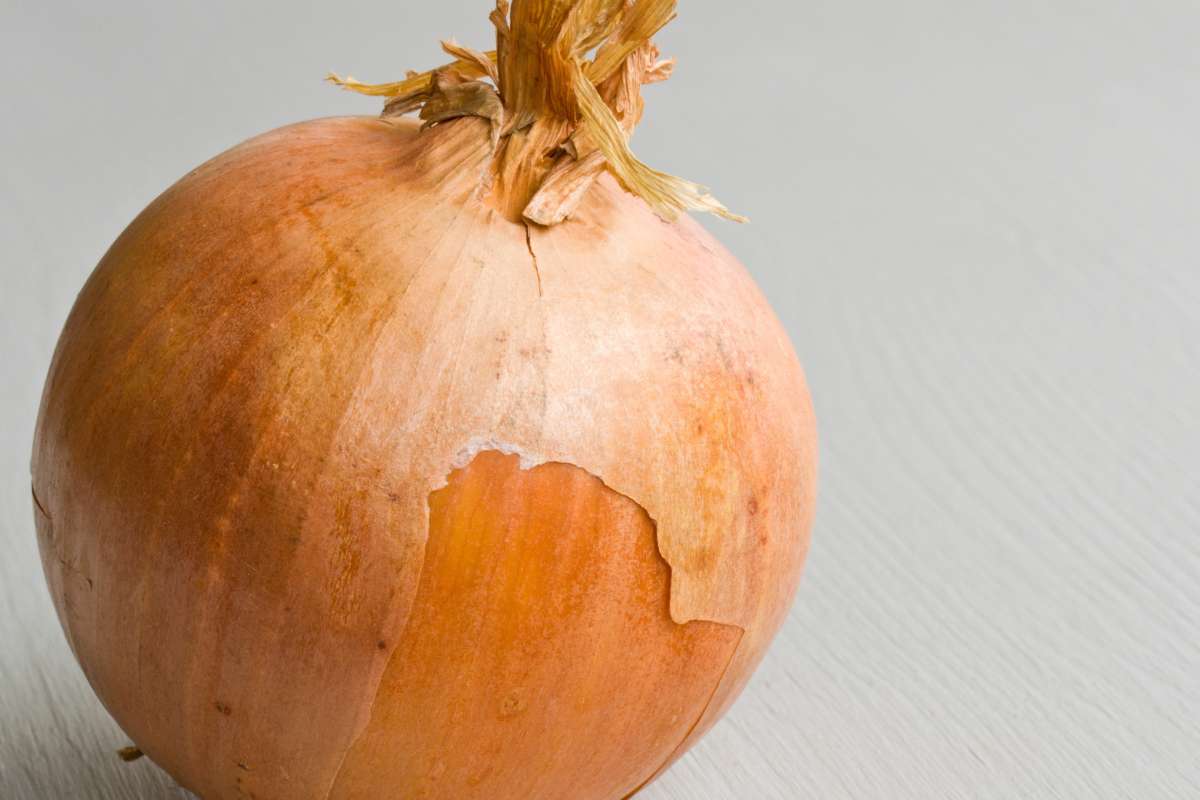
Walla Walla onion is a sweet variety of onion known for its mild, sweet, and juicy flavor profile, originally cultivated in Walla Walla, Washington. These onions are large, with a globular to somewhat squat shape and a papery exterior. Walla Walla onions have a shorter storage life compared to more pungent onions due to their higher water content. They are typically harvested in the early summer and are an official state vegetable of Washington.
15. White Cabbage
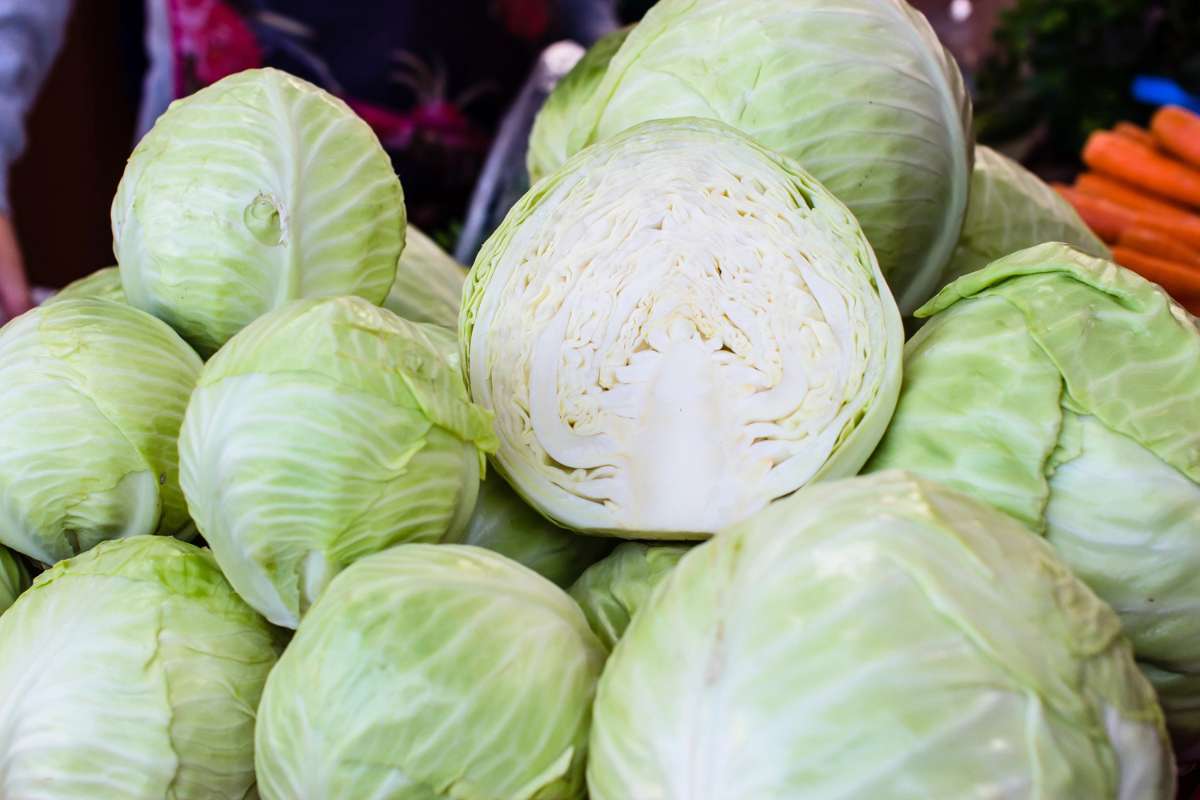
White cabbage is a variety of cabbage with tightly packed, smooth, and pale green leaves, often used in salads and coleslaw. Despite its name, it is not actually white but very pale green. White cabbage is known for its durability and long shelf life, making it a staple in many cuisines around the world. It can be used in a variety of dishes, from raw in salads to cooked preparations like soups, stews, pickled and fermented foods like sauerkraut. White cabbage is also valued for its health benefits, including its potential to help strengthen bones and aid in wound healing due to its vitamin K content.
16. Witloof Chicory
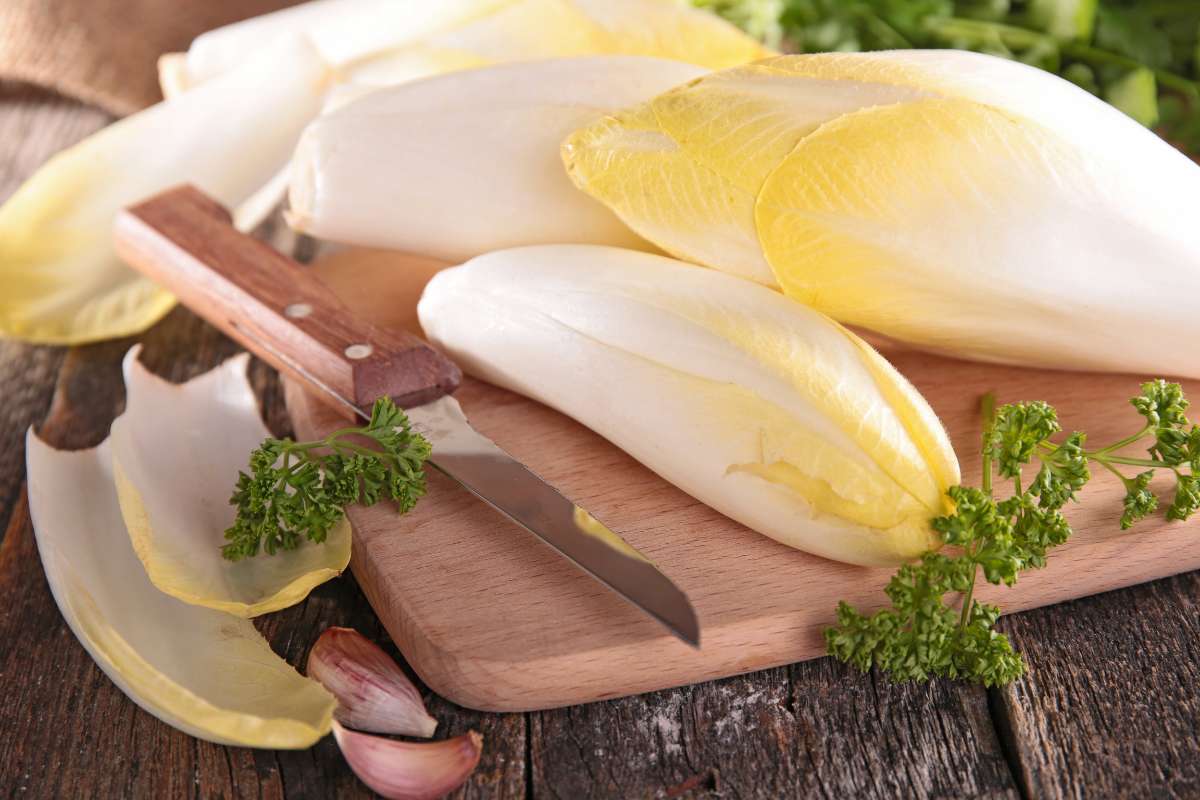
Witloof chicory, commonly known as Belgian endive, is a small, cylindrical leafy vegetable with pale yellow and white tightly packed leaves. It is cultivated through a two-step process, which involves growing the plant from seeds to produce a chicory root and then subjecting the root to a dark, cool environment to grow the edible chicon.
Belgian endive has a crisp texture and a slightly bitter flavor. They are used in salads, as a cooked vegetable, or as an appetizer vessel. The unique growing process, known as “forcing,” protects the leaves from sunlight, which prevents the development of chlorophyll and contributes to the endive’s characteristic pale color and delicate flavor.
17. Watermelon Radish
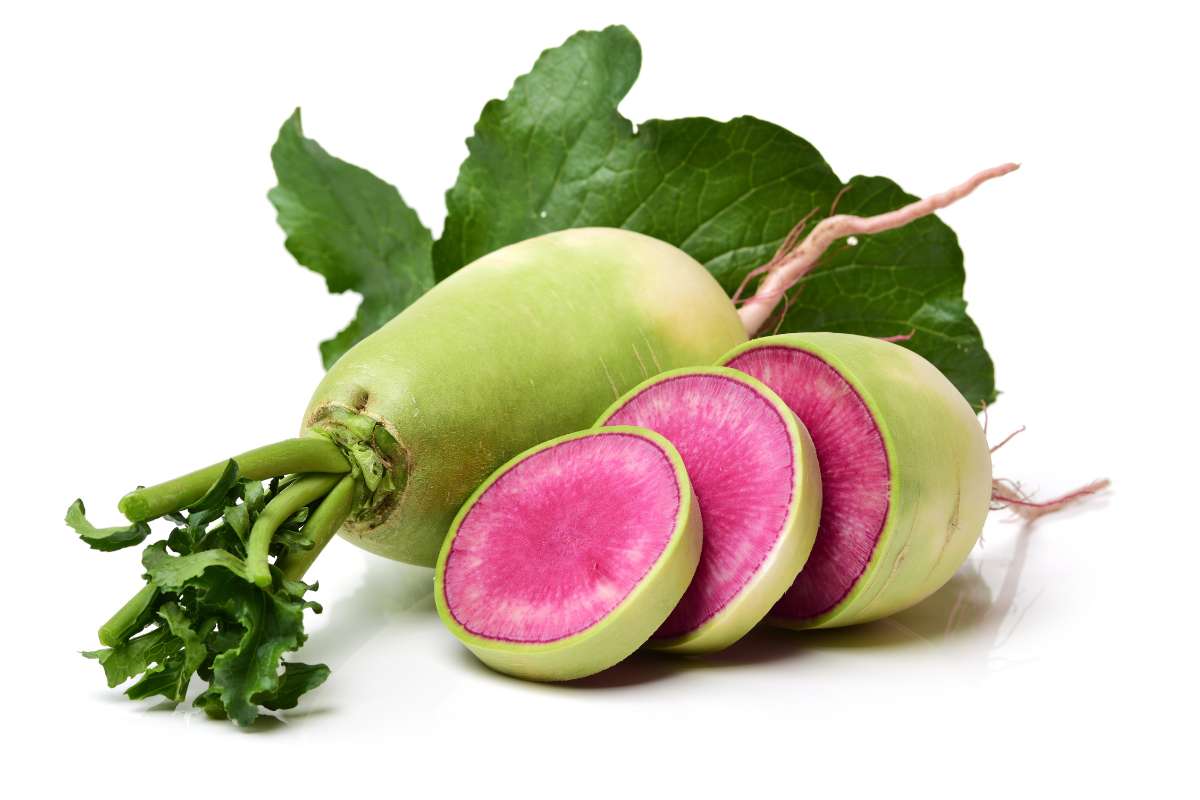
Watermelon radish is a vibrant root vegetable with a green exterior and a striking magenta interior, resembling the color of watermelon flesh. It has a crisp texture and mild to sweet peppery flavor. Watermelon radishes are larger than regular radishes and can range from the size of a golf ball to a softball. This radish variety is versatile in the kitchen and can be used raw in salads, pickled, or roasted.
18. Wild Leek
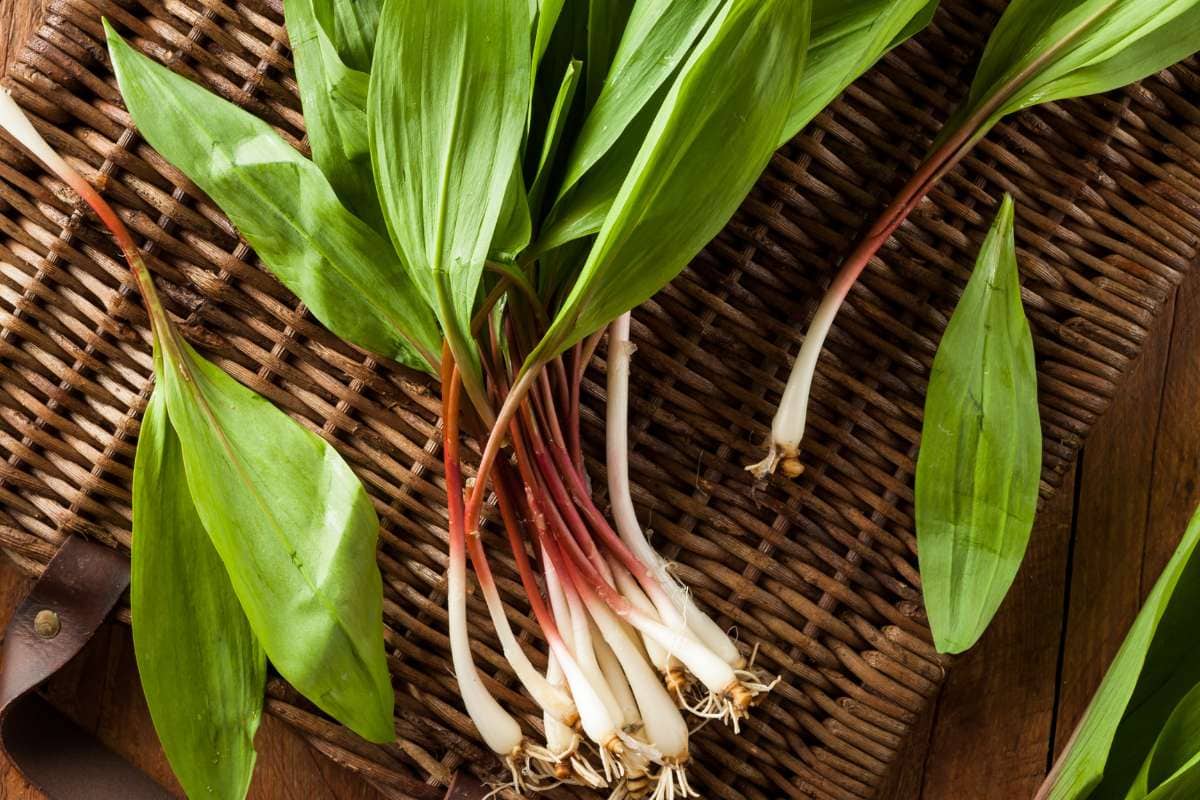
Wild leek, commonly known as ramps, is a North American species of wild onion with a strong garlic-onion flavor and is foraged in the spring. Ramps have broad, smooth, light green leaves, often with deep purple or burgundy tints on the lower stems, and a white bulb that resembles that of a scallion.
They are a celebrated seasonal delicacy, especially in the Appalachian region, and are known for their pungent aroma and earthy taste. Due to their growing popularity and the fact that they are slow to reproduce, sustainable foraging practices are important to prevent overharvesting and ensure that wild populations of ramps remain abundant.
19. West Indian Gherkin Cucumber
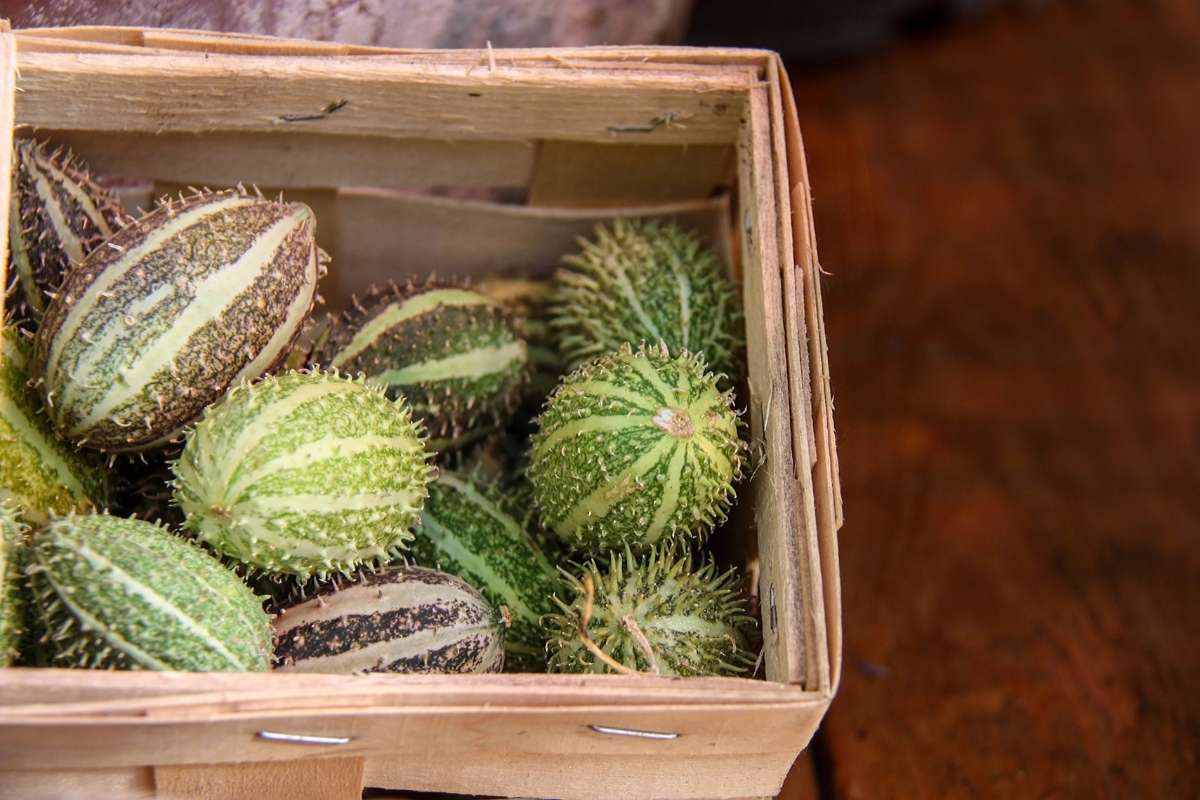
The West Indian Gherkin Cucumber, also known as burr cucumber or maroon cucumber, is a small, oval-shaped fruit covered in edible spines, related to the cucumber and native to Africa. Despite its name, it is not a true cucumber but a distinct species altogether. This gherkin is valued for its crunchy texture and slightly tart flavor. It’s ideal for pickling and adding to salads. The West Indian gherkin grows well in hot climates, often used in Caribbean and African cuisines. The plant has a vigorous vine growth habit with leaves resembling those of watermelon.
20. Wax Beans
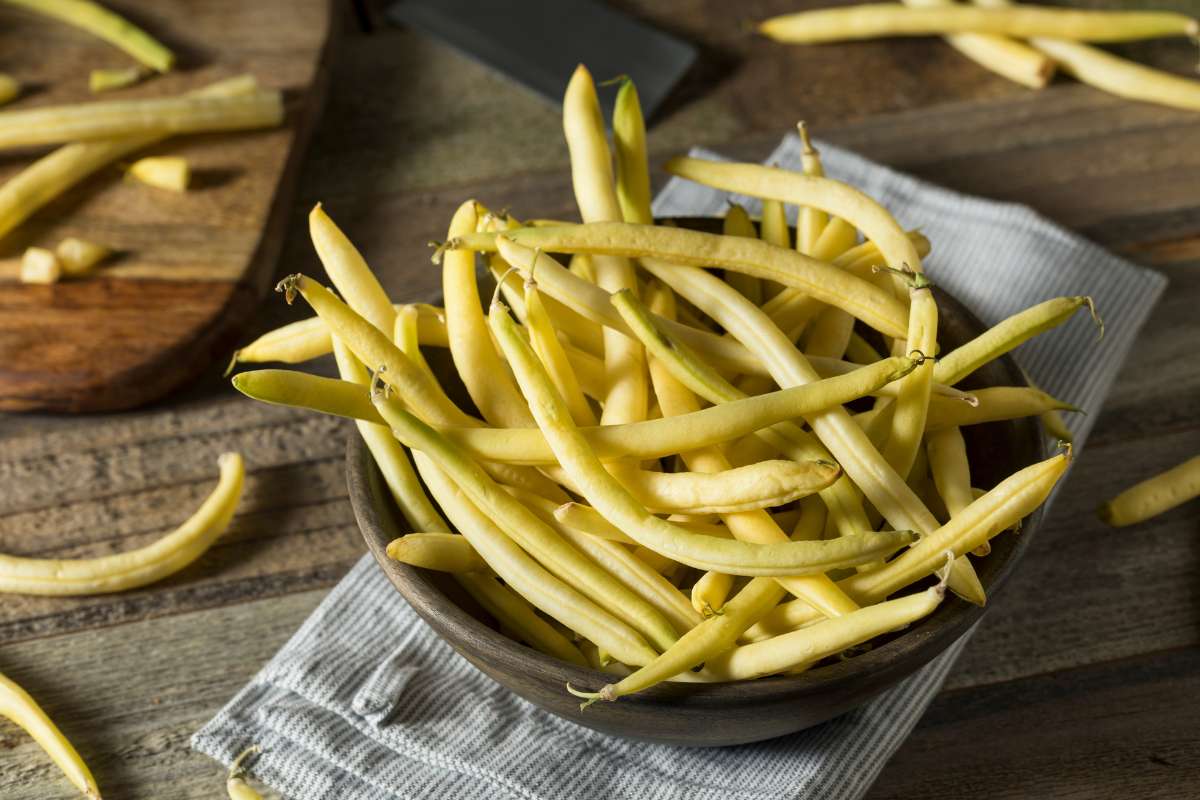
Wax beans are a variety of snap beans with a yellow or golden color and a similar shape and texture to green beans. They are known for their crisp, tender pods and a slightly sweet, buttery flavor when cooked. Wax beans can be used interchangeably with green beans in recipes and are excellent for canning, pickling, or using fresh in salads. The term “wax” refers to the bean’s glossy appearance, and they have been cultivated in various forms since the 18th century, with the Algerian Wax bean contributing to the development of several varieties.

